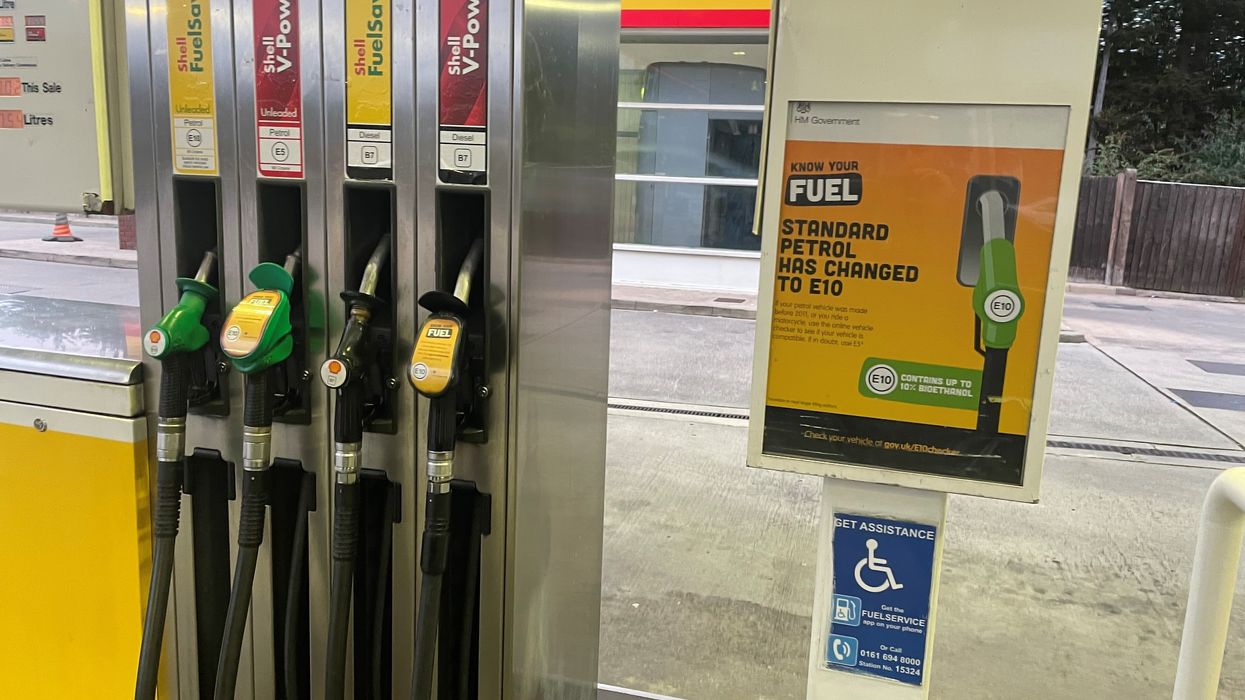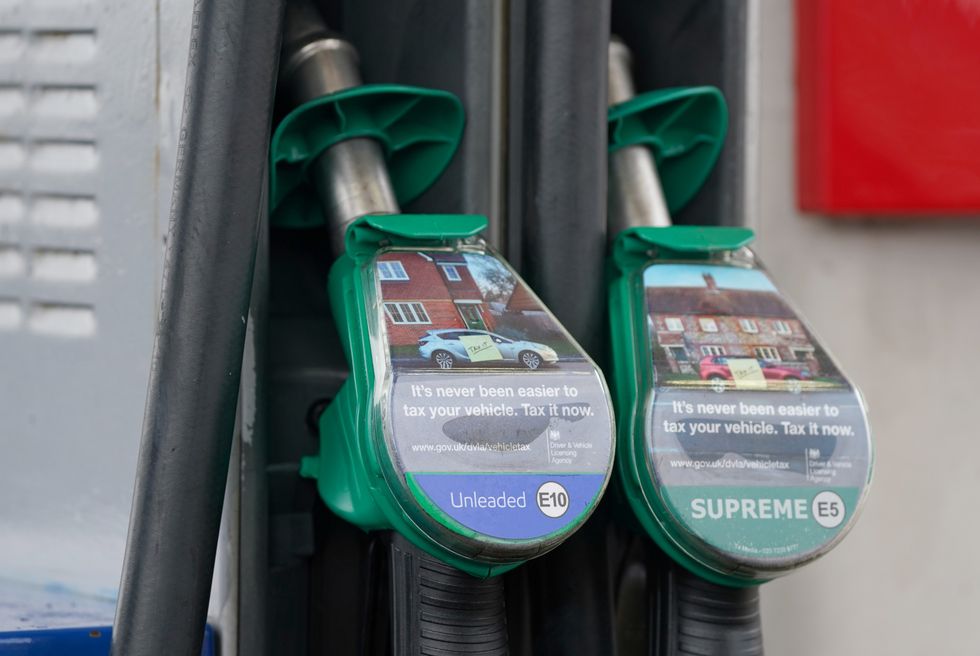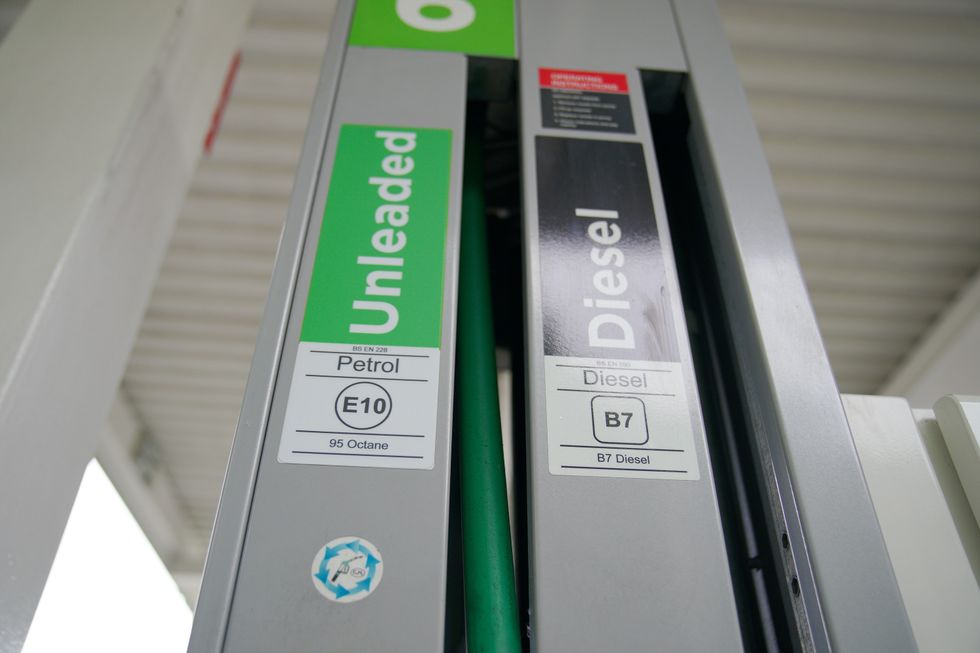E10 petrol changes may lead to drivers seeing drop in fuel economy after forecourt launch

E10 petrol was introduced in September 2021
|PA

Drivers are being reminded of the recently introduced forecourt changes after the rollout of a new petrol
Don't Miss
Most Read
E10 fuel is the new standard grade of petrol, with around 95 per cent of petrol vehicles built since 2011 being able to use the cleaner fuel.
England, Scotland and Wales introduced E10 petrol onto forecourts in September 2021, followed by Northern Ireland at the end of 2022.
The fuel contains up to 10 per cent renewable ethanol which helps to reduce the carbon dioxide emissions released from polluting vehicles.
Since its introduction, some drivers may have noticed a slight drop in fuel economy, although the Government claimed it would only be around one per cent.

The Government stated that E10 petrol could lead to a slight drop in fuel economy
|PA
The Government added that it would be unlikely for motorists to notice a significant drop during everyday driving, despite some drivers reporting a large drop in efficiency.
Other factors, including the weight of the car and driving style, have a far larger impact on fuel economy.
Renewable ethanol can be made from materials like low-grade grains, sugars and wasted wood.
The Republic of Ireland announced the changes in February before launching the greener fuel in April earlier this year.
The nation is aiming to reduce transport emissions by 51 per cent before the end of the decade, with measures aimed at transport being highlighted.
Speaking at the time of the launch, Eamon Ryan, Minister of Transport, said: “While there has seen a big uptake in EVs, we need to continue with measures that can have an immediate impact on emission from vehicles that are already on Irish roads.
“Measures such as moving to E10 petrol mean that we can reduce our emissions from transport further, move us closer to reaching our climate targets.
“It also means that we are in step with Northern Ireland, the UK and many other European countries who have already moved in this direction.”
E10 has been common on forecourts across Europe, the United States and Australia since 2009.
Higher blend fuels such as E85 are also available in some nations, including Sweden and France.
It was estimated that up to 600,000 classic cars would not be compatible with the new fuel when it was first introduced.
Drivers were urged to check with the manufacturer of their vehicles whether or not they would work.
LATEST DEVELOPMENTS:

The fuel contains up to 10 per cent renewable ethanol
|PA
Some classic car owners have recently upgraded their vehicles to electric by replacing the older petrol or diesel engine with an electric powertrain.










